How Substack Won With Reading, Writing, and the Return of Longform in the Age of Noise
How this five‑year‑old platform has quietly redefined what it means to write—and be heard—in our time.
Something strange and wonderful is happening in the world of reading and writing. Substack—a platform barely five years old—is now being cited on national newscasts as a source of authority, influence, and original thinking.
In this essay, I explore Substack’s charms, reflect on reading and writing, and boast about how I personally learned to write (hint: not in school), what writing for television taught me about clarity and voice, and why the two most famous books on writing still matter.
This is a story about words, about finding your voice.
This week ABC news journalist Terry Moran Bunker Bombed a 28-year career with a single tweet about Donald Trump henchman Stephen Miller being — well, the worst. He was fired immediately. Moran wrote:
“The thing about Stephen Miller is not that he is the brains behind Trumpism … But that’s not what’s interesting about Miller. It’s bile. Miller is a man who is richly endowed with the capacity for hatred. He’s a world‑class hater. You can see this just by looking at him because you can see that his hatreds are his spiritual nourishment. He eats his hate. Trump is a world‑class hater. But his hatred is only a means to an end, and that end is his own glorification. That’s his spiritual nourishment.”
Thursday, Moran began a new career writing on Substack. Originally known for email newsletters, Substack has become a destination for journalists and anchors who have departed or been forced to depart traditional outlets, earning some of them millions in subscription revenue, particularly those with anti-Trump leanings.
Mr. Moran, who peppers his posts with quotes from the Bible and “Alice’s Adventures in Wonderland,” at one point compared Substack to a version of “18th-century pamphleteering.”
The upside: “I’m certainly free to speak my mind.”
Mr. Moran’s brief dispatches are, so far, free to read, and since Tuesday, his subscriber count has reached over 90,000. That includes thousands who have purchased subscriptions for $5 per month or $50 per year in support.
New York Magazine says this is Substack’s moment. And I believe it’s true. Thanks to a combination of forces — the decimation of Twitter, the collapse of the media industry, the explosion in demand for video and audio content, and the reemergence of Trump — Substack has escaped its humble newsletter beginnings to become a juggernaut collective of independent voices. And it’s just getting started.
Today, I learned that CELSIUS energy drinks sold over $1.8 billion CDN in cans of caffeinated drinks last year by basically marketing a Red Bull to women as a health drink.
I’d never heard of it or seen it until today. But it’s out there.
Things can sneak up on you. Hidden in plain sight.
That’s the story of SUBSTACK and the modern revolutionary Renaissance in writing.
Twice today, I heard Substack referenced in national newscasts to give reference to the source of a fact or idea, and once more to establish the authority and credibility of a pundit guest on a talk show.
Isn’t it amazing that a new platform concept that is structured for longform writing, sharing, and commenting discussion, barely five years old, has come on so quickly as the place for the curious, the hopeful, and the people serious about arguments.
Now, with over 5 million paid subscribers, 10s of millions of weekly readers, high-profile journalists (e.g. Jim Acosta, Taylor Lorenz, Mehdi Hasan, Paul Krugman) and media outlets (The Free Press, The Bulwark, Zeteo) flocked to Substack, attracted by revenue control and independence, Substack has arrived, and still seems like it’s just getting started. Traditional institutions like The Washington Post have even started talks to collaborate with Substack writers.
Progress never happens in a straight line. Just as legacy media, YouTube, AI, and traditional journalism seemed to foretell writings’ nadir, we’re given beauty for ashes. More people are writing and reading more than ever before.
On Reading and Writing
“A reader lives a thousand lives before he dies. The man who never reads lives only one.”
— George R.R. Martin
In reading books, as we grow both emotionally and intellectually,
Marya Mannes felt that "a person can be fascinated by movies and
diverted by television, but they are a series of snacks. Books are the real
nourishment of the human mind."
Forget about the Redbull. It is the books that give us wings to reach our goals.
“There is more treasure in books than in all the pirates’ loot on Treasure Island.”
— Walt Disney
The Words We See
Recently, I noticed Amanda was watching shows with the subtitles turned on. I thought it was just a fault in the TV settings. But she had them on for YouTube, all the streamers, and her phone, too. I offered to help change the settings and she shared that it was an accident at first but now it was a preference. She was more connected with the stories, remembered more, and found more relaxation in her leisure time with the words on.
She’s not the only one.
The proof of the importance of the written word is the new trend to watch content of all sort with the subtitles turned on.
Subtitles have evolved far beyond an accessibility afterthought—they’re now a cultural phenomenon and a signpost of how we consume and value the written word in our screen-saturated world.
Nearly 50–70% of viewers always or often use same‑language subtitles, especially Gen Z. Captioning isn’t just for the hearing-impaired—over 100 studies confirm captions boost comprehension, memory, literacy, and attention in viewers of all ages. Netflix and others have responded with “dialogue‑only” subtitles—cleaner, more streamlined text meant for audiences who don’t need full audio descriptions. Same-language subtitling (SLS) initiatives—for example, song lyrics in Hindi or captions for children’s programming—have been shown to support literacy and reading development. Words draw focus into dialogue, making subtext richer and storylines sharper—an echo of The Hero’s Journey where clarity of the call is everything.
Reading engages a different part of the brain—decoding text stimulates attention in a way audio alone cannot. It’s active, not passive.
Wonderful Implications for writers and storytellers
Be precise. Subtitles distill speech—so dialogue must hold up in its naked form.
Embrace visual text. Consider subtitle styling as part of visual literacy.
Think universal. Strong writing resonates whether voiced, typed, or unheard.
In a time of visual excess and audio overload, we still trust writing to mean something. Good scripts are writing at its tightest. Subtitles are a return to clarity. In a world where hundreds of millions are wasted on ever more cartoonish special effects, subtitles are an acknowledgment that even the slickest, most expensive productions can’t be trusted to carry their meaning without help from good old-fashioned words. Words that stay still. Words that don’t rely on your earbuds being charged or your toddler being quiet. Words that power your imagination to soar far beyond the ability of any studio's CGI special effects budgets.
This is good news for writers.
Substack didn’t rise in a vacuum. It rose in a world where people are turning the sound off and the words on. Where meaning is elusive, but precision is prized. Where the written word—when done well—isn’t just helpful. It’s vital.
Subtitles, like Substack, are part of a larger pattern. They’re signs that audiences are no longer content to let meaning wash over them—they want to catch it, hold it, and read it back if needed. They want to engage. And more than that, they want authorship. Not the mechanical hum of an algorithm feeding them content, but a sentence written by a person, a thought sharpened by a point of view.
Substack is where many have turned to find those words. The ones that don’t get drowned out. The ones worth reading, even with the volume off.
A New Challenge — Writing Words Worth Reading
“To be effective in the world”, Adm. HG Rickover admonishes, “it is not sufficient to be well-read.
One must also write clearly and succinctly.
It is not easy to write well. It means studying to gain a good vocabulary, and practicing to learn how to use it.
Joseph Conrad
compared writing to carrying heavy bales under a low rope on a hot day. It has
been said that good writing is inherently subversive. Good writing can
last for years, stimulating, and inspiring those who read it, and causing them to
reassess their views of the world and its institutions. But then, of course, we
have gone full circle to the importance of reading.
Beautiful Writing
I spent an hour this week with this—honestly—remarkable conversation about writing, and I didn’t want it to end.
Robert Macfarlane—legendary nature essayist and champion of writing— has that rare ability to speak about writing in a way that feels both ancient and alive. Thoughtful, passionate, and quietly subversive, he unpacks why so much of “writing well” is hidden inside us—and how the best writing, like the best living, starts somewhere deeper.
This isn’t a masterclass. It’s something better. A conversation. It reminded me why I care about words in the first place.
If you’re into storytelling, language, or just hearing someone think out loud with care and clarity, I think you’ll enjoy it too.
I was away that day
I didn’t learn to write in school.
I must have been away that day.
Maybe in jail.
But I didn’t learn to write there either.
So I had to pick it up later — along the way.
I actually didn’t even know that I didn’t know how to write until the second semester of business school.
It was February — and I did not even know how to spell that word.
In the days before the internet and autocorrect, it was a genuinely humbling experience.
Nevermind. I just tumbled along. I had bigger holes in the roof of my understanding to get fixed, so I was kind of waiting on an Arkansas Traveler through university.
SIDEBAR: Arkansas Traveler
The Arkansas Traveler is a classic American folk tale (and fiddle tune) from the 19th century, rooted in frontier humor, dry wit, and a bit of cultural self-mockery. It’s more than just a joke—it's a fable about misunderstanding, pride, and the transformative power of conversation and music.
Story Summary
A well-dressed city man, a traveler, gets lost in the Arkansas backcountry, and it starts to rain in sheets. He comes upon a little cabin. Knocking on the door, he meets an old farmer. The roof leaks, the place is falling apart, and the farmer is lazily fiddling a tune—but never finishes it.
The traveler tries to find a dry spot to sit and asks why he doesn’t fix the roof.
The farmer replies like the man is a fool:
“I’m not going out in this. Can’t fix it when it’s raining!”
The traveler, seeing the logic of the thing, then asks the farmer why he doesn’t fix the roof when it stops raining.
The farmer now really treats the man like he’s just the dumbest person ever to cross his doorway:
“… when it ain’t raining, the roof don’t leak.”
And that’s the end of that.
The traveler asks what the tune is he's playing.
The farmer says he doesn't know—it’s just something he’s been fiddling around with.
The traveler picks up the fiddle and plays the tune correctly, completing it.
The farmer, stunned and delighted, changes his opinion of the man.
The farmer only knew the first half of the tune—and it frustrated him endlessly. But he didn’t know there was more to learn. Once the traveler played the rest of the song, everything changed.
The Traveler At My Door
The Traveler moment came in one of my first big jobs in public accounting.
I had done the financial statements for a branch of a national real estate company.
The presentation day was a big, high-stakes event with a lot riding on the accuracy of the statements. A lot of people were depending on it all being exactly right.
So the fact that I titled the top of every page of the statements and referred to the company in my writing over 100 times as REMAX REALITY LTD. was not the end of my career in accounting, though it nearly was, but it was the moment I realized I had to learn the end of this tune.
I had to learn to write well.
It did not come naturally. Precision. Checking. Editing. These were not my things.
Writing For TV - It will probably come as a shock to readers of THE BEE that I can write and be brief.
Macfarlane critiques advice-focused writing, and I suppose undermines this whole essay, pointing out that the truisms writers repeat—like “show, don't tell”—don’t capture how deeply language is shaped by context, landscape, and poetic intent.
Much of my writing is done for TV. So the ‘show don’t tell ‘ stuff comes up a lot, along with active voices, rule of threes, teases, headlines, and tone — I write TV scripts that will be read aloud by a particular voice.
A lot of my writing work is just as a ‘cut and paste’ curator who then gets to button the whole thing up. Here’s a one-minute example.
And it’s fun when I get to apply the THE BEE’s theme to stories of history, science, and ocean themes — “A new way of looking at things”.
Here are a couple of examples:
Maybe the most interesting thing about the TV writing, is that a simple script (a one-hour TV documentary script for the programs we do at Arcadia for National Geographic, History, or Discovery Channels, can run 20-45 pages) can go through a dozen or more reviews and rewrites —notes, edit iterations, and changes. Many of them are harsher, meaner, and more deadline-driven than often seems reasonable. It’s not just about writing a story and then responding to all the truisms that the would-be commissioning editors have picked up along the way, along with all the collected problems and baggage carried over from whatever their previous project was — this type of writing requires a ‘standards and practices’ binder. Whatever you thought were the challenges of footnoting your university papers, this is 10x that. I love facts of course, but after a point, an obsession with factual accuracy kind of takes the fun out of storytelling.
Which of course is why I love my hours writing on Substack, just beligerently storytelling and only referencing to the degree I think is needed to be reasonably serious and give readers what they need if they choose to dig deeper into the ideas, facts, and references I make here.
How I Finally Learned to Write
I admit Macfarlane is sort of talking about the Jazz of writing. In his latest work, Is a River Alive?, he blurs grammar—writing of “rivers who flow”—to dissolve the human–nature divide. Sentence rhythms mimic water cycles: the book begins at source springs, travels through mountain torrents, and ends at the sea.
I do dig his notion of defining the relationship with the subject. Writing ‘about’ is different than writing ‘with’, or shaing the ‘voice of…’ And I share his love of the M-Dash — the Elipsis… and other tools that break up text into conversational chunks. Most often, the goal of my TV writing is to hit a certain kind of simplicity where complex ideas are interesting, or even fun, if I'm doing it right. But sometimes it’s just poetry really.
Arcadia has produced 21 IF WE BUILT IT TODAY documentaries so far for the Discovery Channel, and I think the idea and ambition of the thing is captured right in the title. How would it work, how much would it cost, what machines would we use, how many people would have to die — if we built it today?
Read To Write
For me? First came reading. The first book I read for myself — unforced — was Ayn Rand’s WE THE LIVING. But I would argue that reading the books I was interested in didn’t help much. And people who learn this way can end up as the most unreadable of all writers. Whatever David Hume has to offer on the philosophy of death, Adam Smith on Economics, or John Rawls on a theory of justice, they have little or nothing to offer an aspiring writer.
But along the way, I have found a few shorter works – essays and letters — that, if you looked at them, you would see, oh, that’s what Chisholm is up to. I’m openly imitating these styles.
E.B. White’s THE SEA AND THE WIND THAT BLOWS
H.G. Rickover’s THOUGHTS ON A MAN’S PURPOSE IN LIFE
Stephen Leacock’s MY FINANCIAL CAREER
Rudyard Kipling’s THE FINEST STORY IN THE WORLD
Chris Vogler’s THE HERO’S JOURNEY
And, to get to the details and get constant reminders of what not to do in writing, I just fall back on the two books that I think most writers do:
The two most well-known and enduring books on the craft of writing well are:
1. The Elements of Style by William Strunk Jr. and E.B. White
First published: 1918 (original), expanded by E.B. White in 1959
Famous for: Its concise commandments on grammar, clarity, and style—like “Omit needless words” and “Use the active voice.”
Tone: Stern, minimalist, authoritative.
Legacy: Universally assigned in schools and beloved by journalists and stylists alike. It’s the little black dress of writing guides.
2. On Writing Well by William Zinsser
First published: 1976
Famous for: A warm, personal, practical guide to nonfiction writing, emphasizing simplicity, humanity, and clarity.
Tone: Conversational, wise, encouraging.
Legacy: Especially valued by essayists, memoirists, and anyone who writes to inform or explain. Think of it as the well-worn denim jacket of writing guides—broken in, lived-in, and always in style.
Together, they form the classic one-two punch:
Strunk & White tells you what not to do.
Zinsser shows you what you could do—better, clearer, truer.
Learning to write becomes political both naturally and by necessity. I see both these books as ultimately political because they take on the junk words, clutter, and professional language that is so often used against us, and for which we have so few defences except knowing how to read and write.
Which might lead you to memorize the words of some Billy Bragg songs.
My Books
The subtitle surge is proof: writing isn’t dying—it’s getting louder. In our multitasking, globally-aware, immersion-craving era, text gives us clarity in chaos. It’s structure in story—Zinsser’s clarity with Reynolds’ wit.
Love ‘em or hate ‘em, the Paperback Writer type books at the airport have a lot to offer. TSA-approved reading that doesn’t waste time. Plot by page 3, explosion by page 5, resolution by baggage claim. My friend Clive Cussler was a master at this and was richly rewarded. His audience continues to grow even after his passing. He once told me in his gruff way — “It’s isn’t art, John Wesley” — when I was getting a little too precious and poetic about something we found, or didn’t find, on a shipwreck.
This way of looking at things reminds me of a few other books that continue to help me on this lifelong journey to learn to write well.
Mixing hope, politics, and evangelism about writing, I’d like to share them with you.
WHAT ARE PEOPLE FOR and THE UNSETTLING OF AMERICA
BUEAUCRACY
THE MEANING OF MASONRY
THE WARDEN OF THE NORTH
THE TIMELESS WAY OF BUILDING
DOUBLE ENTRY
UTOPIA OF RULES
WHO COOKED ADAM SMITH’S DINNER?









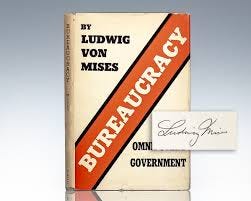
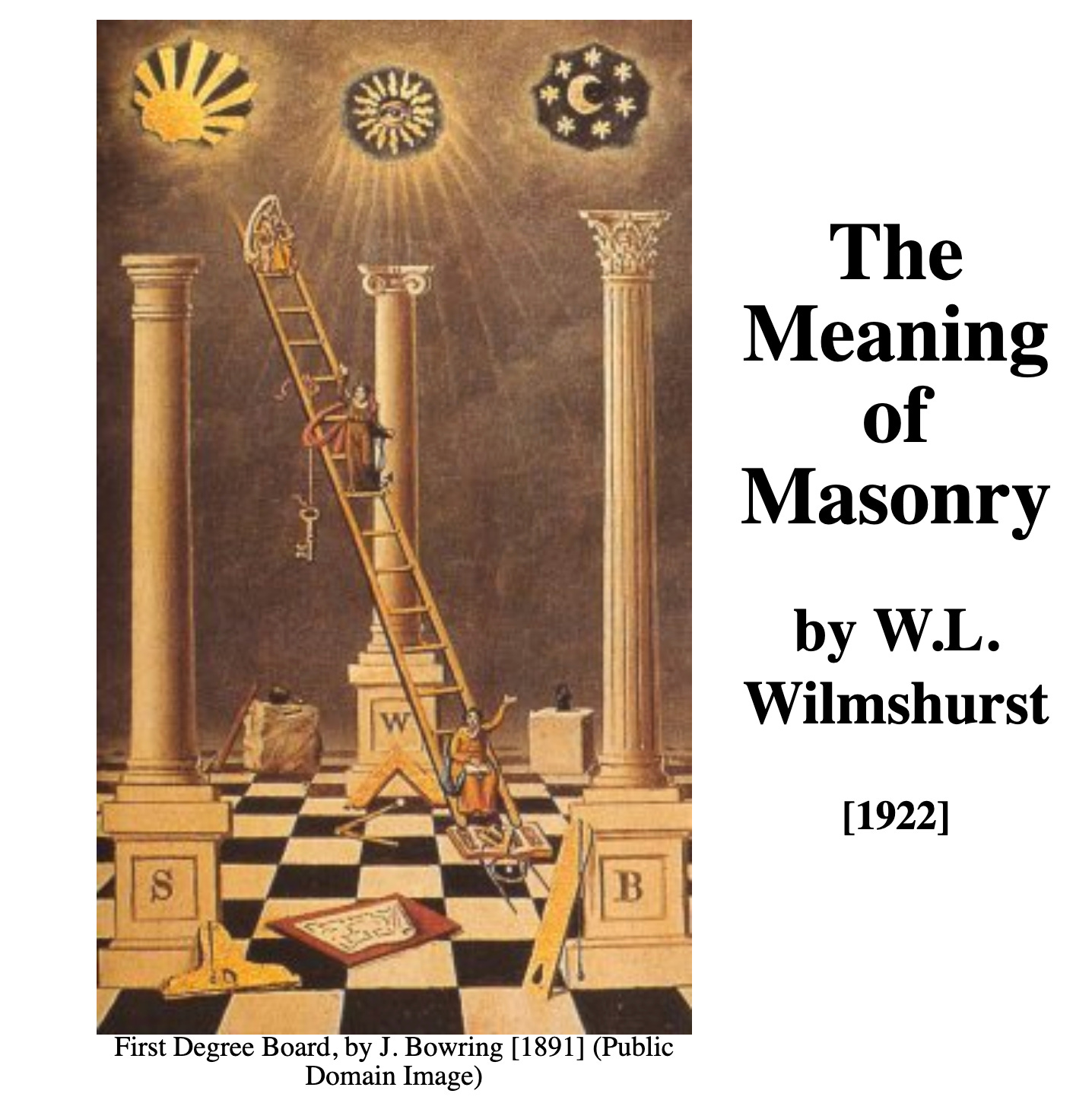
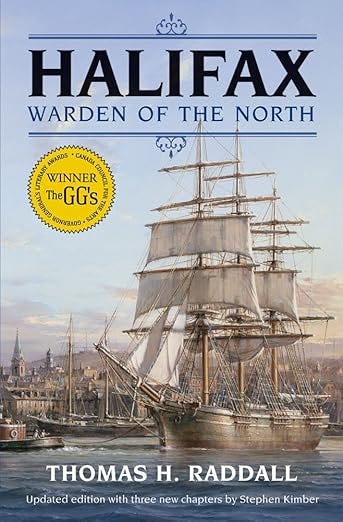
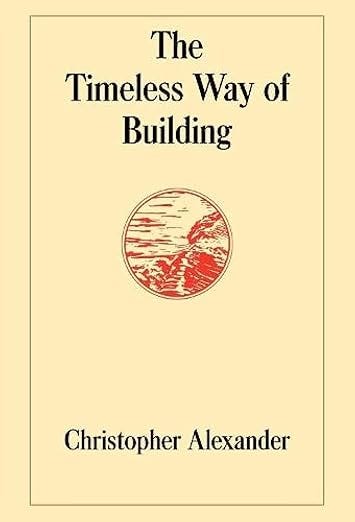
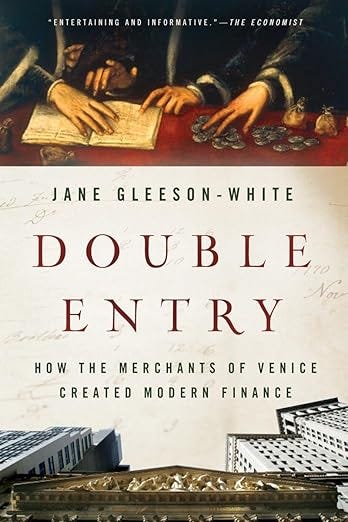
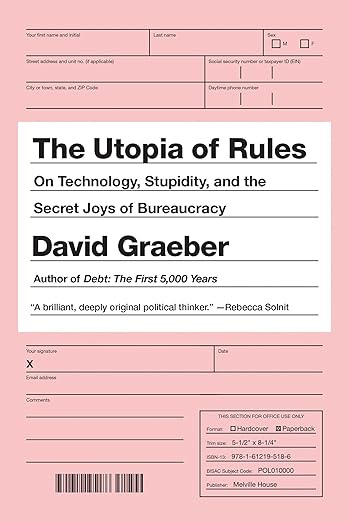
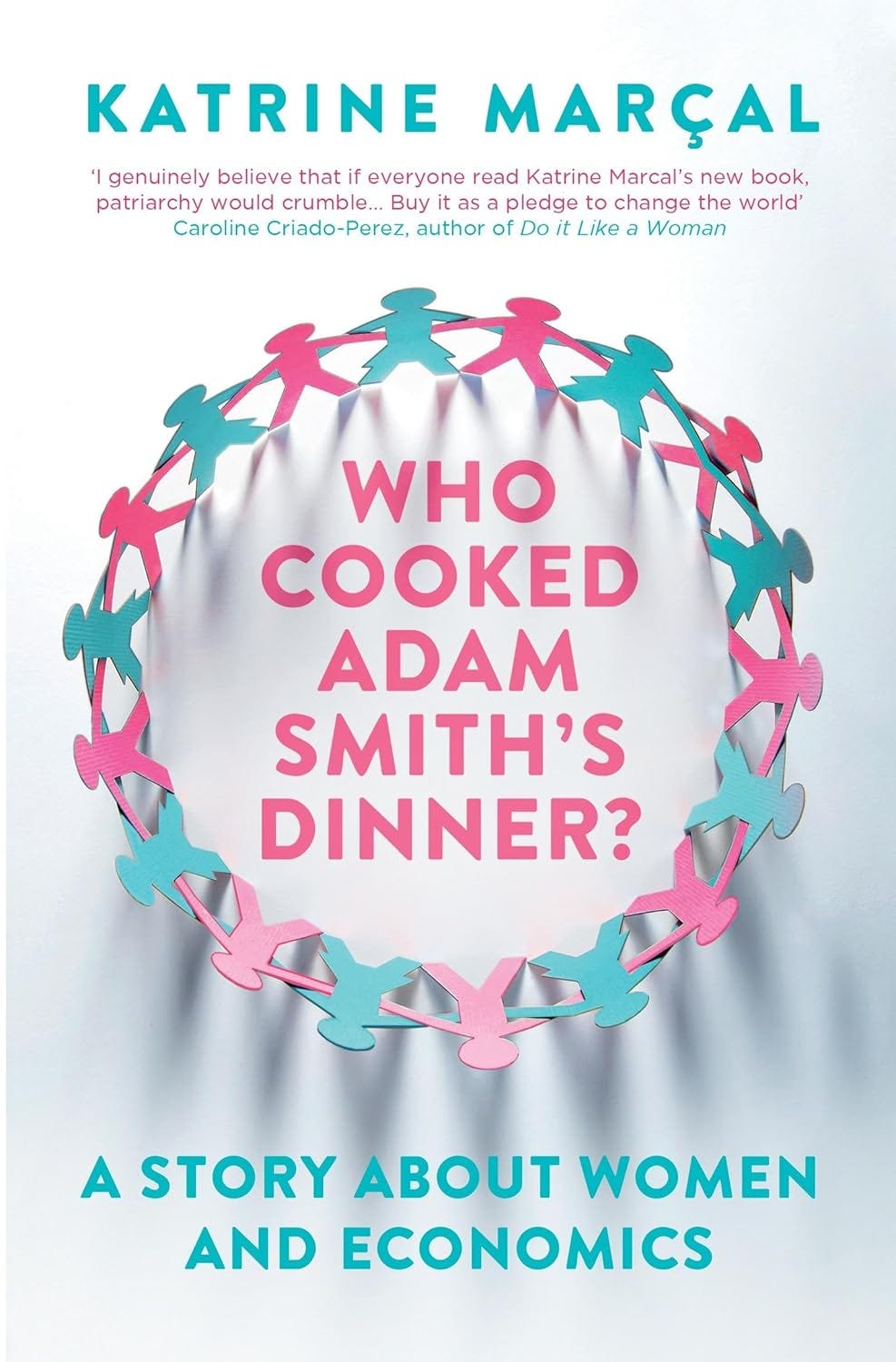
I too am slowly gravitating to using substack more often, but I have to say part of the reason for this is it’s ever increasing video focus, which is one of the main buttons to push in the app and they even put it right in the middle.
So, it feels like the goal is to turn Substack into a a smart person’s visual Facebook or X. yes to essays, but even more yes to video.
and a big yes to subtitles too… part of that is the evermore desirous idea to create and mix drama with mumbling dialogue and ever louder effects. Bonus points : distant dialogue gets mentioned in subtitles, as well as song lyrics. i hv them on 100% of the time.
pps i enjoy your writings.
ppps you write well. :)
Regrettably, I could not navigate SubStack or social media if my life depended upon it. I only became a proper subscriber to The Bee with the assistance of my 30 Something colleague in the office whose job increasingly is to guide me through life.
However, in my defence, I do recognize and value the incredible benefit of reading, and ultimately the benefit of writing. Almost nothing is more important ...they open a brand new world.
As the author of a five year old weekly lobster report, we recognize the merit of crisp narrative, engaging visuals, and perhaps most of all: honest feedback from a respected audience.
There is a thrill to receiving advice from individuals whom you respect, whether you have done well or perhaps not with your message of that moment.
The Bee is so welcome in my world.
I will share this piece today and enthusiastically spread the word.